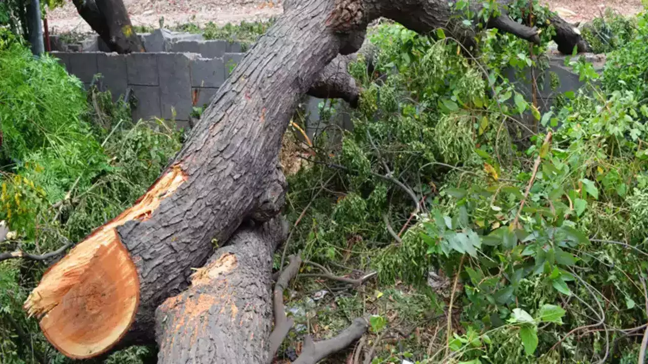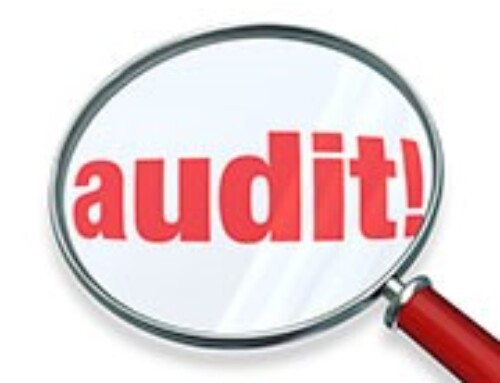The IRS announced tax relief for individuals and businesses affected by the Texas storms that began on April 26, 2024. Taxpayers in certain specified counties now have until Nov. 1, 2024 to file various federal individual and business tax returns and make tax payments.
Extension of Filing and Payment Deadlines
The relief applies to individuals and businesses located in Austin, Bell, Bosque, Brown, Caldwell, Calhoun, Clay, Coleman, Collin, Concho, Cooke, Coryell, Dallas, Denton, Eastland, Falls, Freestone, Grimes, Guadalupe, Hamilton, Hardin, Harris, Henderson, Hockley, Houston, Jasper, Jones, Kaufman, Lamar, Lampasas, Lee, Leon, Liberty, Limestone, Madison, Mills, Montague, Montgomery, Newton, Polk, San Jacinto, San Saba, Smith, Trinity, Tyler, Van Zandt, Walker, Waller and Washington Counties (the “Disaster Area”).
The relief for affected taxpayers postpones the deadline to file most tax returns with either an original or extended due date occurring after April 25, 2024 and before Nov. 1, 2024. Affected taxpayers will also have until Nov. 1, 2024 to make any payment otherwise due during this period, including the quarterly estimated tax payments due on June 17 and September 16, and the quarterly payroll and excise tax returns and payments normally due on April 30, July 31 and October 31. Penalties on payroll and excise tax deposits due after April 26 and before May 13 will also be abated if the tax deposits were made by May 13.
Affected Taxpayers
The IRS will automatically apply filing and payment relief to individuals who live in, and businesses whose principal place of business is located in, the Disaster Area, irrespective of whether those taxpayers were adversely impacted by the storms. Taxpayers not located in the Disaster Area but whose records necessary to meet a tax deadline are in the covered Texas counties or that are otherwise determined by the IRS to be affected by the disaster, also, may qualify, but those taxpayers will need to call the IRS disaster hotline at 866-562-5227 to request the applicable tax relief.
Casualty Losses
In addition to the postponement of tax filing and payment deadlines discussed above, taxpayers in a federally declared disaster area may elect to claim disaster-related casualty losses on their federal income tax return either in the year in which the event occurred or in the prior year. In this case, calendar-year taxpayers in the Disaster Area would have the option to claim casualty losses incurred in the covered disaster either on their 2024 return (filed in 2025) or on their 2023 returns (filed in 2024). Individuals may deduct any personal property losses not covered by insurance or other reimbursements. Taxpayers claiming disaster losses should note in bold letters at the top of their returns the FEMA disaster declaration number: 4781-DR.
Other Relief
The IRS will waive the usual fees and requests for copies of previously filed tax returns for affected taxpayers in the Disaster Area.
Qualified disaster relief payments are generally excluded from gross income. Accordingly, affected taxpayers in the Disaster Area are not required to include in gross income any amounts received from a government agency related to the declared disaster.
Additional relief may be available to affected taxpayers who participate in a retirement plan or individual retirement arrangement (IRA) For example, a taxpayer may be eligible to take a special disaster distribution without incurring penalties. Each plan or IRA has specific rules and guidance for its participants to follow.






